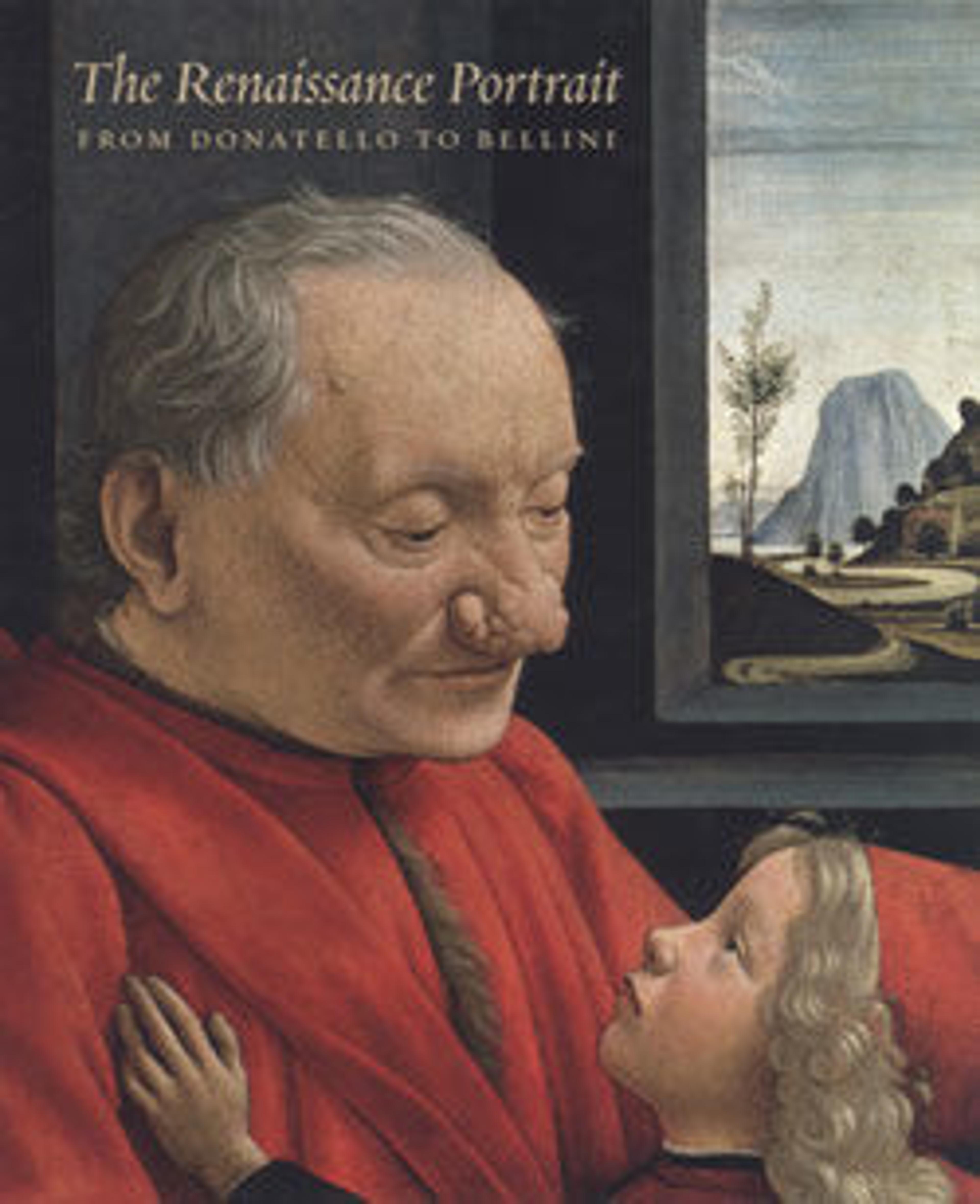Portrait of a Young Man
One of the most sought-after Netherlandish portrait painters of his time, Memling’s meticulous attention to detail is notable in the remarkable naturalism of the sitter’s physiognomy and the texture of his velvet, fur-trimmed tunic. The young man was likely one of the many Florentine visitors to, or residents of, Bruges, several of whom commissioned portraits from the artist. It appears that shortly after it was painted, the panel was sent to Florence, where it provided inspiration to Italian artists, who deeply admired Netherlandish painting. A Madonna and Child (Louvre, Paris) painted about 1476-77 and variously attributed to Verrocchio and Ghirlandaio, includes the same landscape vista and classicizing columns. The Italianate columns, which indicate Memling’s familiarity with Italian art and would have pleased his Florentine patron, illustrate that the relationship between Northern and Southern European artists was one of reciprocal influence.
Artwork Details
- Title: Portrait of a Young Man
- Artist: Hans Memling (Netherlandish, Seligenstadt, active by 1465–died 1494 Bruges)
- Date: ca. 1472–75
- Medium: Oil on oak panel
- Dimensions: Overall 15 3/4 x 11 3/8 in. (40 x 29 cm); painted surface 15 1/8 x 10 3/4 in. (38.3 x 27.3 cm)
- Classification: Paintings
- Credit Line: Robert Lehman Collection, 1975
- Object Number: 1975.1.112
- Curatorial Department: The Robert Lehman Collection
More Artwork
Research Resources
The Met provides unparalleled resources for research and welcomes an international community of students and scholars. The Met's Open Access API is where creators and researchers can connect to the The Met collection. Open Access data and public domain images are available for unrestricted commercial and noncommercial use without permission or fee.
To request images under copyright and other restrictions, please use this Image Request form.
Feedback
We continue to research and examine historical and cultural context for objects in The Met collection. If you have comments or questions about this object record, please contact us using the form below. The Museum looks forward to receiving your comments.
